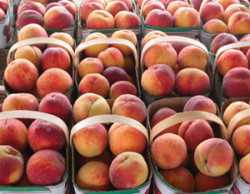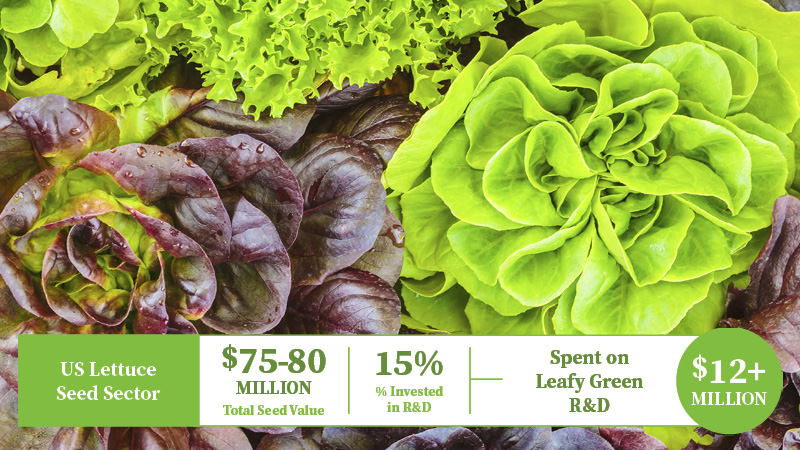Surfing On The Local Food Wave

Did you see the March 12, 2007 issue of Time magazine? The cover had a beautiful red apple with a sticker on it that said, “Forget Organic. Eat Local.” Maybe you had not heard that the New Oxford American Dictionary’s 2007 “Word of the Year” was “locavore.” What is that?! When speaking about food, does the term “petroleum miles” mean anything to you? Is Google’s “Cafe 150” something relevant for fruit growers to know about? Maybe this local food wave is just a fad for the back-to-earth crowd in San Francisco. What do you think? I think not!
Unless you have been out of circulation for the last couple of years, you are beginning to see a growing movement of consumers who are very concerned about where their food comes from. They are interested in supporting their regional economy and the family farm. Some have sufficient disposable income to pay more for food coming from farmers or producers that they know personally or who produce within a defined, local, geographic radius (i.e., 100 miles). Because the time from harvest to consumption is much shorter, produce can be harvested at peak maturity — like coming from a home garden — and less pesticides are necessary to artificially extend the shelflife. The consumer perception is that locally grown food is fresher, more nutritious, tastier, safer, and has less of an environmental footprint getting it from the farm to their table.
According to USDA, the number of operating farmers markets in the U.S. has increased from 1,775 in 1994 to 4,385 in 2006 (that is a 250% increase!). During the two-year period from 2004-2006, the increase was 18%. Total sales volumes through farmers markets in 2005 were estimated at nearly $1 billion! Two USDA supported programs exist to help low-income people have increased access to local, fresh foods at farmers markets. These include the Women, Infants and Children Farmers Market Nutrition Program and the Senior Farmers Market Nutrition Program.
Local Flavor
Besides farmers markets, there is a growing number of community supported agriculture (CSA) ventures. The consumer provides cash up-front to the local farmer to help offset expenses during the growing season. The grower will then provide seasonally available food to be picked up weekly from a nearby distribution point. In some cases, CSA shareholders will trade services or labor for food.
Clearly, establishing a relationship of friendship and trust between grower and consumer is vital to success in the local food business. A grower friend of mine in South Carolina has a unique approach to the question of food safety concerning his peaches. A concerned soccer-mom came to him once and asked, “Do you use pesticides on your peaches?” To this, he responded with a question: “If one of your children gets sick, what do you do?” She replied, “I take them to the doctor.” He then pursued, “What might the doctor do to help them?” She replied, “He may prescribe some medicine that they can take to be made well.” He followed, “Precisely! Did you know that our peach trees get sick? Just like you would get medicine to make your child healthy, we do the same thing. We use plant medicines to cure our peach trees of diseases so that you can get a healthy, safe, and delicious fruit to feed your precious children.” This reminds me of King Solomon’s words: “A wise man’s heart guides his mouth, and his lips promote instruction” (Proverbs 16:23, New International Version).










